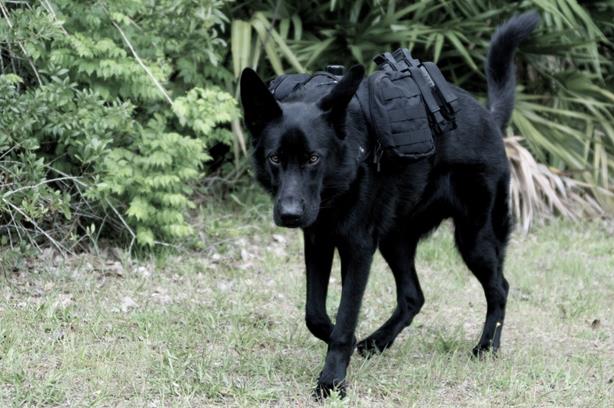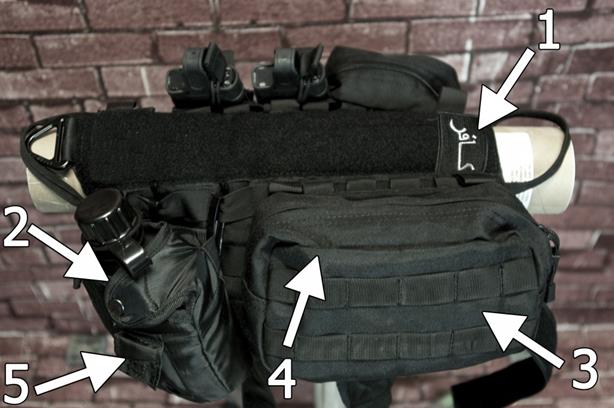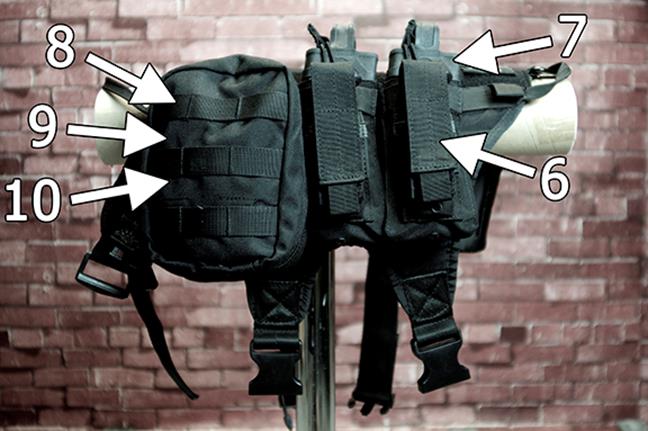Have you ever wished you could know ahead of time when things were going to go on sale? Sure, we all know that turkeys go on sale before Thanksgiving and hams go on sale before Christmas, but what about the rest of the year?
Well, believe it or not, this information is not that difficult to obtain. Each advertising collective has its own month—e.g., January is National Beef Month. The National Cattleman’s Beef Association has chosen the month of January to promote eating beef. That means you can expect excellent sales on steak and ground beef in January.
Use the following list to help plan out your food storage purchases for the year. For instance, if you know that June is National Dairy Month, then you know that products such as butter will be at their rock bottom prices of during the month of June. Plan on purchasing butter twice a year, once in June and again in November. In November, the baking sales get into full swing. (Butter stores well in the freezer.)
What months are good for stocking breakfast foods? Well, January is National Oatmeal Month. So you can expect to see some good sales on oatmeal. But February is the best month for stocking up on breakfast foods; February is National Hot Breakfast Month. September is also a good month for stocking breakfast foods, as September is National Better Breakfast Food Month. So you best bet is to buy breakfast items in January/February and again in September.
By knowing what goes on sale when, you can save a lot of money at the grocery store. And that frees up money to spend on other essential preps.
January
- After Christmas Sales
- National Oatmeal Month
- National Beef Month
- National Meat Month
- National Tea Month
- National Soup Month
- Super Bowl
January is a good month to purchase winter clothes. You can catch sweaters and other cold weather gear as much as 70 percent off. You can also pick up Christmas wrap, bows and ribbon.
January is National Oatmeal Month. You can expect to find oatmeal BOGO (Buy One Get One free). It’s a good idea to buy year’s supply of oatmeal in January (or February for National Hot Breakfast Month). If you under calculate how much oatmeal your family will eat, don’t worry. Oatmeal will go on sale again in September for National Better Breakfast Month.
January is also the month to stock up on tea and canned soups. You can usually find these deeply discounted.
Keep an eye on the meat sales. If you have a pressure canner, set aside some time to put up meat.
January also brings Super Bowl sales. You can expect excellent prices on chips, salsa, soda and snacks.
February
- National Canned Food Month
- National Hot Breakfast Month
- National Snack Food Month
- National Cherry Month
- National Potato Lover’s Month
- Sweet Potato Month
- Celebration of Chocolate Month
- Valentine’s Day Sales
- Chinese New Year
Plan on purchasing breakfast foods like pancake mix and maple syrup in February. You can usually pick these up BOGO.
February is also a good month to restock your canned foods and boxed potatoes. You won’t likely see sales on canned foods and boxed potatoes again until November. So plan accordingly.
The Chinese New Year is celebrated in February. Promotions include soy sauce, teriyaki sauce, noodles and stir fry ingredients such as bamboo shoots and water chestnuts.
If you have a sweet tooth then you have probably already finished off your Christmas candy. Replenish your stock after Valentine’s Day. You can usually pick up chocolate and other candies for up to 70 percent off.
March
- St. Patrick’s Day
- National Red Cross Month
- National Noodle Month
- National Frozen Food Month
- National Peanut Month
- National Peanut Butter Lover’s Month
- National Celery Month
- National Flour Month
- Spring Cleaning
March is National Red Cross Month. If you have not already done so, March is a good time to sign up for a CPR/First-Aid Class. You can also expect to see some excellent sales on first-aid kits and other items. You can usually pick up Band-Aids at half price.
St. Patrick’s Day is in March so expect the best price of the year on corned beef. I plan on getting a couple extra and canning them.
March is also National Noodle Month—you can pick up all kinds of noodles BOGO. Frozen foods are also on sale.
Typically, March is an excellent month to purchase peanut butter. But given the bad peanut harvest in 2011, we may not see really good peanut butter sales until the back to school sales hit in August (and that’s if we have a mild winter in the South, and farmers can plant early).
March is also National Celery Month. I buy a dozen or so, chop them up and freeze them. (I can usually find them BOGO in March and then again in November.)
Flour goes on sale in March. Pick up enough to last you until the holiday baking sales kick into full swing in November.
In March, the worst of the winter is usually over and folks start thinking about spring cleaning. Expect to see all kind of cleaning products on sale.
April
- Easter
- Daylight Savings Time
There are not very many good grocery sales in April—think self-denial. Nobody wants to advertise indulgence during Lent.
There are some good non-grocery items on sale in April. Daylight Savings Time brings sales on batteries, smoke detectors, and carbon monoxide monitors.
You can pick up hams half price, on sale for Easter dinner. Pick up a few because hams tend not to go on sale very often. April and December are the two months when you can find half price ham. So make sure you buy enough to last you through Christmas.
May
- Memorial Day Sales
- National Barbeque Month
- National Hamburger Month
- National Salsa Month
- National Strawberry Month
- National Salad Month
This is a great month to stock up on condiments. You will find mayonnaise, catsup, mustard, barbeque sauce, steak sauce, and other such products on sale BOGO. Newspaper inserts start running coupons for these products in April. Hold on to your coupons, and use them for the BOGO sale. (Most stores will let you use two coupons when buying BOGO items.)
If you miss a sale, don’t worry. Such items will go on sale again during the next two months. But do note that the sales on barbeque and picnic items are typically better in May than in June or July.
If you purchase pre-made hamburger patties, May is the month to stock up on them. You can usually find sales up to 40 percent off.
May is the best time to make strawberry this and that. Next year, I want to put up some strawberry jam.
Keep an eye out for picnic items such as paper plates and plastic utensils. Around the summer holidays, you can usually pick these up for half price.
June
- National Dairy Month
- National Iced Tea Month
- National Seafood Month
- Adopt-a-Cat Month
We are now half way through the year, and the stores of butter you put in your freezer from last Thanksgiving are running low. Count of some excellent sales on butter and other dairy products. Buy enough to last until November.
July
- Fourth of July
- National Hot Dog Month
- National Baked Bean Month
- National July Belongs to Blueberries Month
This is the best month to put up blueberries. I love blueberry jam and plan to put up at least 36 pints, more if the economy hasn’t complexly collapsed.
July is also the month to buy a year’s supply of hot dogs. At this time of the year, you can print off or clip coupons for $1 off Ballpark Franks. Use these coupons when Ballpark is BOGO, and you’ve just paid 75 cents for a package of hotdogs.
This is also the time of year to restock your year supply of baked beans. You can find all of the various brands on sale BOGO.
August
- Back to School Sales
- National Peach Month
- National Coffee Month
The back to school sales are usually pretty good. You can pick up products such as peanut butter, lunch meat, drink boxes and the like for half price. Ziplock bags usually go on sale too. And you can find all kinds of coupons for $1.
Hand sanitizers and disinfecting wipes also go on sale in August. Keep an eye on the coupon inserts and match up BOGO sales with coupons.
August is the time of year to put up peaches and peach jam. I would like to make some peach syrup. That just sounds awesome over pancakes.
You can also find coffee at it’s lowest prices of the year. My family likes Chock Full of Nuts which has been running about $12.99 for the large can. In August, I can find this brand for $6.99. Think “one year supply” here.
Summer items begin to go on clearance. Keep an eye out for charcoal, lighter fluid, paper plates and plastic utensils, sunscreen and insect repellant.
September
- Labor Day
- National Chicken Month
- National Honey Month
- National Better Breakfast Month
- National Mushroom Month
- National Rice Month
- National Preparedness Month
Labor Day marks the last of the summer barbeque sales. Make sure you have a year’s supply of hotdogs, catsup, mustard and the rest because such items rarely go on sale in fall and winter.
The best sales in the month of September are breakfast foods. You can find oatmeal, pancake mix, syrup, bacon, sausage, and other breakfast foods at rock bottom prices.
In September, I bring my supply of honey up to one-year levels. For the rest of the year, honey sales are hit and miss. The cheap made in China honey goes on sale frequently. The good stuff goes on sale in September.
Also, keep an eye out for summer clearance sales, especially on clothes. I live in Florida and wear summer clothes for at least 10 months out of the year. So I purchase summer clothes on clearance, and either give them as Christmas gifts or save them for next year. Check out online sites such as eddiebauer.com or llbean.com for 70 percent off sales. You can pick up high quality clothing at rock bottom prices.
October
- Halloween
- National Apple Month
- National Tomato Month
- National Pasta Month
- National Dessert Month
- National Seafood Month
- National Pork Month
- National Eat Country Ham Month
- National Chili Month
- Adopt-a-Dog Month
In October, all things apple go on sale—applesauce, apple juice, etc. This is the idea month to put up apple pie filling, apple butter and chutneys.
October is National Pasta Month. This is not that big of a deal, as pasta goes on sale frequently.
October is also National Tomato Month. Canned tomatoes and pasta sauce will also go on sale, as will ravioli and other such foods.
If you purchase canned chili, it usually goes on sale BOGO in October. And, of course, don’t forget about the candy sales.
October is also Adopt-a-Dog Month and dog food manufacturers have some good sales on dog food, especially Pedigree.
November
Save your money because in November you will find the best deals of the year on groceries. Baking goods such as butter, sugar, flour, chocolate chips, etc. go on sale.
The week of Thanksgiving is the best sales week of the year. Stores offer deep discounts to get you in the door. Shop carefully. The loss leaders are excellent. But keep a keen eye on prices because regular items are often marked up significantly.
Cool weather has begun in most of the United States. Expect sales on canned soups, coffee, tea, and hot chocolate.
December
The holiday sales will continue through Christmas and New Years. I like to pick up several hams. I slice some into ham steaks and dice some as well. And then throw them in the freezer. This is also a good time to can ham. Make sure you buy enough to last you through Easter, as hams don’t go on sale that frequently.
Other items for Christmas dinner will be on sale as well—potatoes, sweet potatoes, stuffing, cornbread dressing, etc.
Via: thesurvivalistblog
 Follow
Follow




